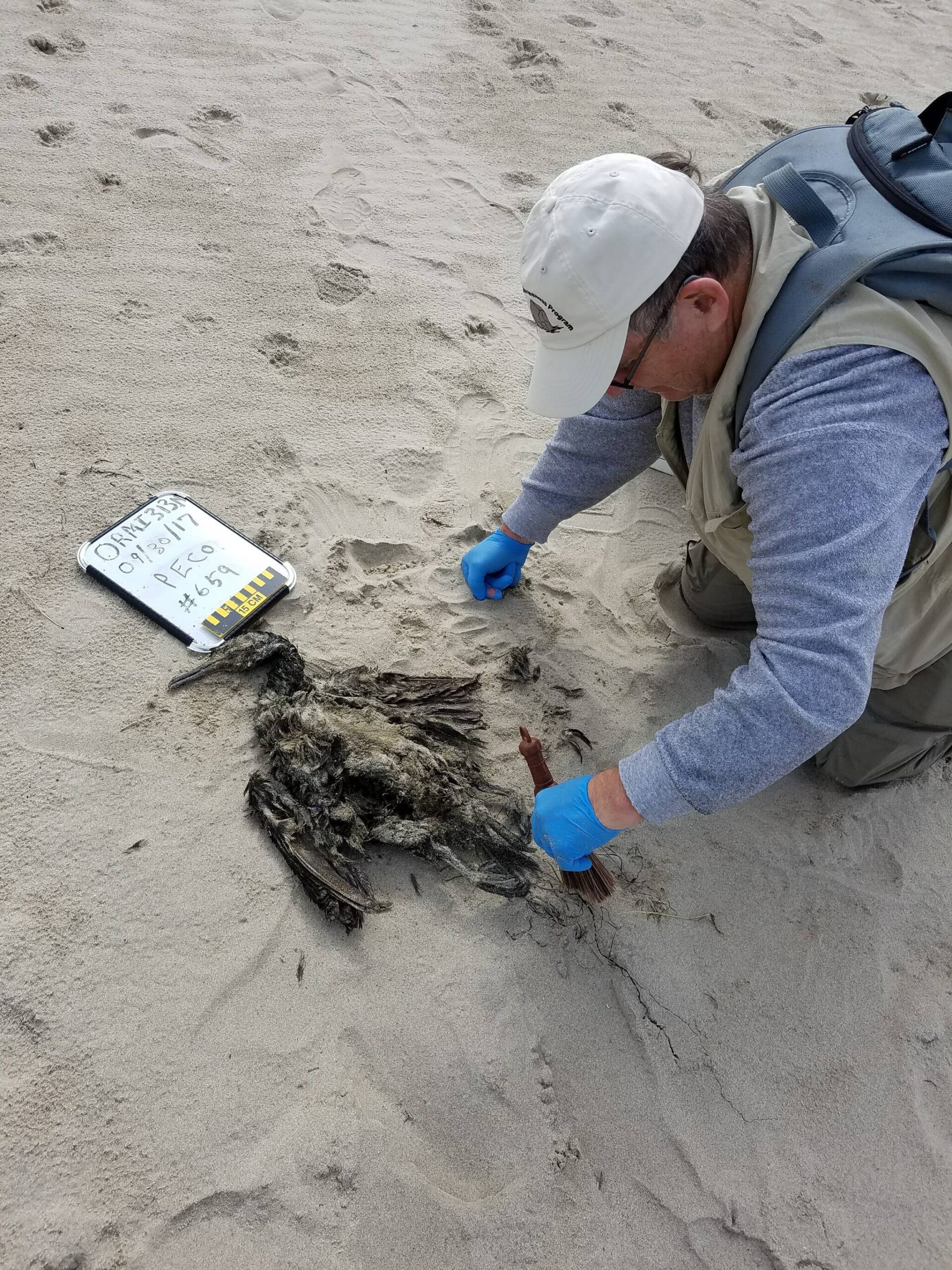In 2009, thousands of surf scoters washed ashore along the outer coast of Washington. In 2014, tens of thousands of Cassin’s auklets littered beaches from Haida Gwaii in British Columbia south to Newport, Oregon. In 2015, hundreds of thousands of common murres were found from California north to the Gulf of Alaska. And in 2016, thousands of rhinoceros auklets died in the Salish Sea.
Is this normal? Join Dr. Julia Parrish to learn more about seabird patterns and Coastal Observation and Seabird Survey Team or COASST — the largest beached bird monitoring program in the world.
This free hybrid program is hosted by the Whidbey Audubon Society at the Coupeville Recreation Hall, 901 Northwest Alexander Street, on Thursday, April 13. Those who wish to attend virtually must register on the events-list page of the Whidbey Audubon Society website, www.whidbeyaudubonsociety.org. The program begins at 7:30 p.m., preceded by a brief business meeting at 7 p.m. Refreshments provided.
Julia K. Parrish is a marine scientist whose research follows three major routes: marine conservation, seabird ecology and citizen science. She is the executive director of the Coastal Observation and Seabird Survey Team, a project that enlists participants from California to Alaska to walk beaches in search of dead birds and marine debris, based at the University of Washington. Parrish is also a Lowell A. and Frankie L. Wakefield Professor of Ocean Fishery Sciences and the associate dean of the College of the Environment.



